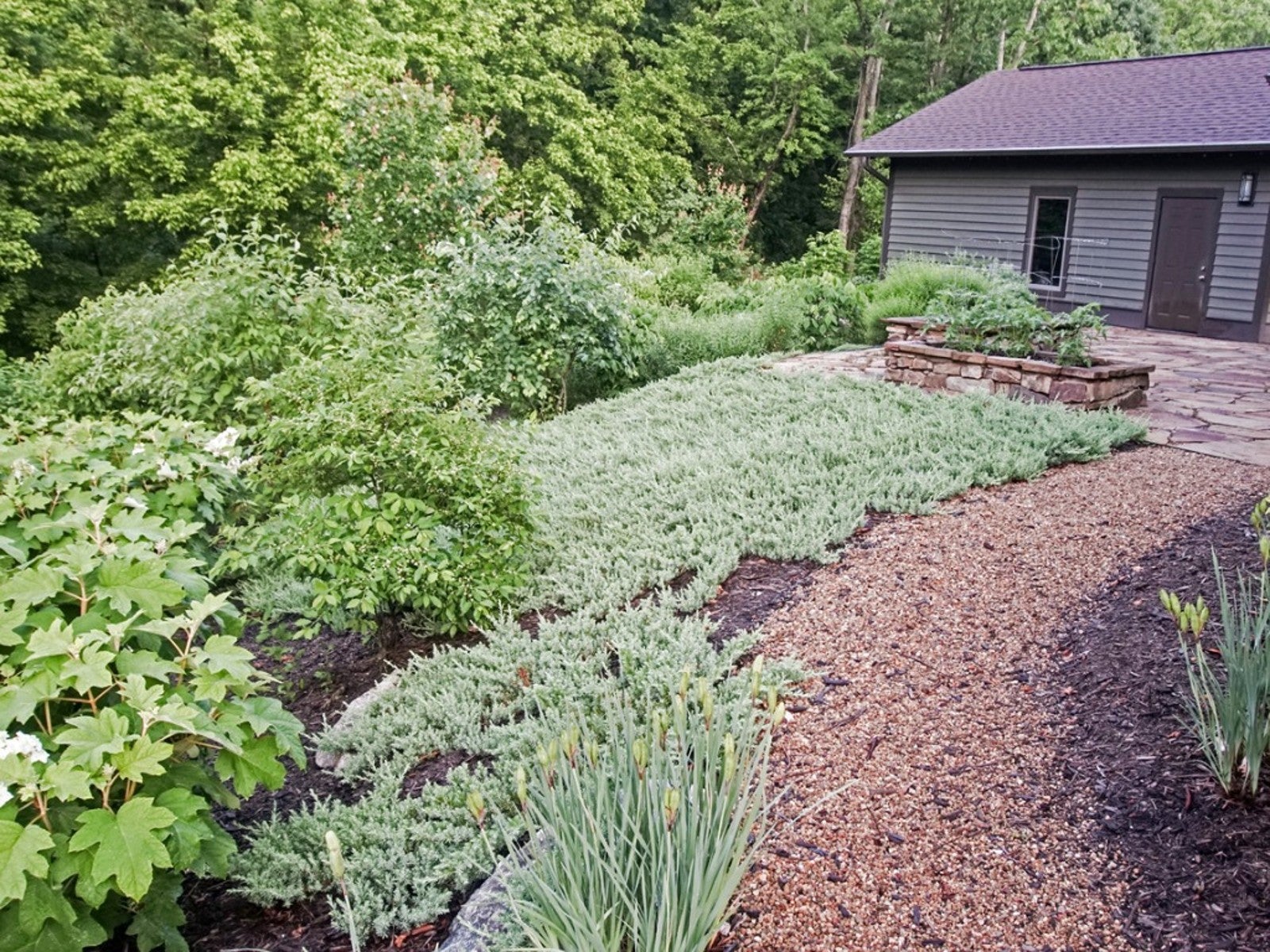Grass Alternatives For Shade: Lawn Substitutes For Shade Yards


Many people know the struggle of trying to grow grass in a shady yard. Even so-called shade-tolerant varieties don’t always work. If this sounds like your efforts, consider a shade groundcover or other lawn alternatives that do well with minimal sunlight.
Why Choose Grass Alternatives?
Shade isn’t the only reason to choose lawn alternatives, although it’s a big one. When you try to grow grass in a shady area, you’re likely to end up with more dirt patches, moss, and weeds than grass. A shade garden just looks nicer.
There are other good reasons to ditch the grass and choose a back yard or front yard shade garden:
- You won’t spend as much time—or any at all if you replace the grass entirely—on mowing the lawn.
- Grass is a monoculture, in other words ecologically boring. By increasing a diversity of plants in place of grass, you support local wildlife, including pollinators.
- Choose native species for a shade garden, and you make an even bigger positive impact on the ecosystem.
- You will spend less money and fewer resources—like water—on grass alternatives for shade.
The Best Lawn Substitutes for Shade
No matter where you live, you should be able to find many good options for creating a shade garden in place of grass. Check with your local extension office for advice or visit a garden center to see what’s available. Here are some ideas to get you started:
- Groundcovers. This is a popular choice as an alternative to grass in shady areas. A groundcover is a low-growing plant that spreads readily and creates a carpet of foliage and often spring flowers. For shade try lily-of-the-valley, pachysandra, bugleweed, periwinkle, sweet woodruff, barrenwort, lungwort, Canadian wild ginger, heuchera, or low-growing hostas varieties.
- Ferns. Most ferns embrace shade and naturally grow in wooded areas. Choose a short fern for a groundcover effect or use several types for varying texture and color. Ostrich fern is a tall, attractive species. Japanese painted fern provides unique color and is relatively short. Unlike most types, autumn fern changes color with the seasons.
- Ornamental grasses. You may not be able to grow turf grass in shady spots, but some varieties of ornamental grass do better in these areas. As with ferns, you can find different heights and colors to create variety. Try most types of sedges, northern sea oats, Japanese forest grass, sweet flag, and fall blooming reed grass.
- Shade perennials. Another alternative to turf is a shade-loving bed. Pick perennials that tolerate partial to full shade. Good options include hostas, astilbe, bleeding heart, hellebore, rhododendron, and corydalis.
To get the most out of your shade garden, look for native species. They will require the least maintenance, won’t become invasive, and support wildlife.
Sign up for the Gardening Know How newsletter today and receive a free copy of our e-book "How to Grow Delicious Tomatoes".

Mary Ellen Ellis has been gardening for over 20 years. With degrees in Chemistry and Biology, Mary Ellen's specialties are flowers, native plants, and herbs.